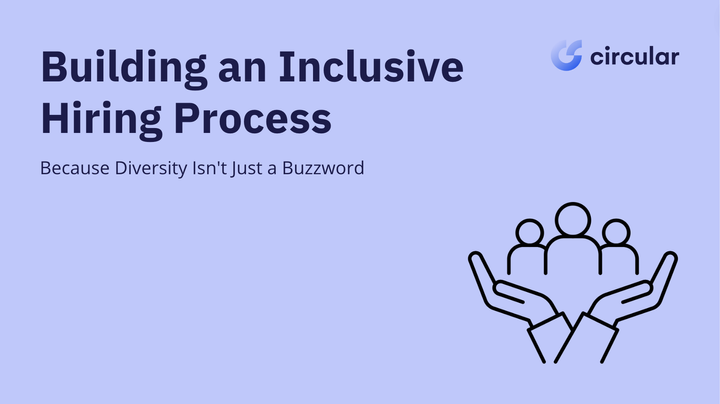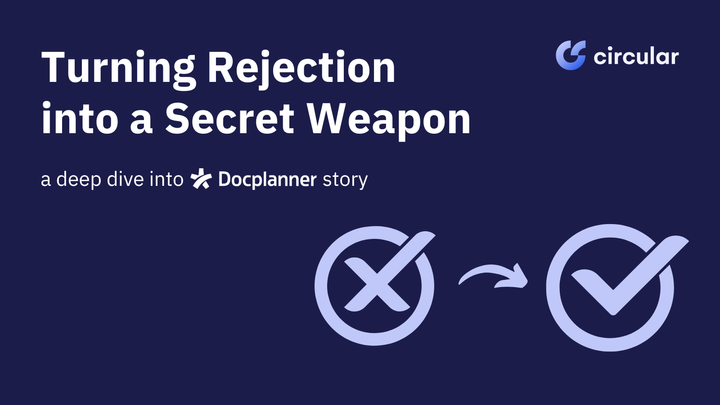How to manage massive layoffs

Layoffs are a negative experience for everyone, there is no way of spinning it, and in these situations, the role of the people team is to try to reduce this negative experience as much as possible.A veritable challenge, when the aim is to make it a satisfactory experience for the employees.
Therefore, the first thing we have to do is to manage expectations with ourselves and understand that in the end as HR professionals, it's all about doing the best we can despite the fact that it's a tough experience and a negative process for everyone involved.
When dealing with large-scale layoffs, there are four main points that are key to successfully managing them:
- Planning
- Visibility and communication
- Support for people who leave
- Engagement with people who stay
Planning:

The first stage is planning. Layoffs and massive ones at that can be a very chaotic and confusing time. It is very common in many companies to make several rounds of layoffs with no long-term plan or structure. This is a common mistake that must be avoided at all costs.
The most important thing is to plan ahead and make sure that the actions you are planning are aligned with the company objectives that ensure long-term economic viability.
Make sure to involve senior employees, pick a day for the layoffs, check into notice requirements when firing large numbers of people and prepare in advance all final pay checks, recommendations, and severance.
Avoid making decisions on the fly, structure the process and adjust it to the needs of the company.
💡 Your task is to announce the company's resolution. It should be a clear statement, not a theme for discussion or compromise. Show that the decision of employee layoff has already been made. Be empathetic, but don't let the person think that something can be changed.
Visibility and communication:

Be transparent, transparency in tough times generates trust.
It is important to share as clearly as possible what the situation is, what measures are being undertaken, how these layoffs will impact the runway, and what the reasoning behind it is.
Breaking all the news all at once helps. People will likely be shellshocked and unable to absorb lots of information, so keep it brief.
Don't forget to thank the departing employees for their hard work and, if you feel it's appropriate, apologise for the fact that economic necessity has forced you to cut such loyal people.
It is important to be empathetic when dismissing employees, have a Q&A session with the rest of the company or hold a company meeting to notify all continuing employees about what's going on.
🚫 The impact that negative backlash can have on your company can be vicious, and incredibly harmful for the company.
Better.com CEO Vishal Garg came under fire for the manner in which he let go of 900 employees – effectively doing it via a Zoom call.
Support to the people who are leaving:

Understanding the employee situation and what they want to do next is key at this stage. In the majority of the cases all they want is to find a job as soon as possible, which can be done in a variety of ways:
- Create lists of employees and share this with other investor companies or contacts from your network who may be looking for positions
- Write letters of recommendation
- Help with the updating of curriculums and preparation for interviews
There are other initiatives, like helping monetarily, but it might not be feasible, especially when you are cutting back on salaries. However, being generous in exit packages is also important and enhances the employee experience.
In the end, all other initiatives should revolve around helping your departing employees achieve security, both mentally and financially. So taking into account individual situations is important. For example, for employees whose contract depends on a visa, you can adapt the timing of termination to be more flexible, so that the person is not personally affected.
✅ In 2011, Nokia laid off 18,000 employees. Having experienced protests, boycotts and bad press back in 2008, senior managers knew they had to do things differently.
They developed a program to help employees find a new job inside or outside Nokia, start their own business, learn new skills or pursue their personal goals. As a result, former employees managed to build successful startups and Nokia maintained a good reputation as an employer.
Engagement with the people who stay:

Once the layoffs have been communicated, a complex journey starts for the people team. After (most) layoffs, massive or otherwise, it's standard for team morale to drop drastically.
It is necessary to transmit security and reassure that you count on them and value them. Planning and communication will be key to succeed at this stage. Disorganisation and lack of transparency can completely destroy employee trust in the company in irreparable ways.
Sometimes it is important to hold meetings or organise some time in which the rest of the company meets and they can spend time together to process the situation and what they can expect from the company in the future.
💡 Don't try to fix team morale after a mass layoff by organising team-building activities or workshops. This is equivalent to telling a depressed person to cheer up.
Treat employees as adults and give them both space and time to absorb the situation at their own pace. They should feel supported, not patronised.
Alternatives to layoffs:

While layoffs are a standard business practice, this is the best time to start thinking of different ways how to avoid them in the future and to prepare at a company level for possible similar scenarios, without having to resort to layoffs.
It is very common for employers to resort to mass layoffs when times are hard. Having an ongoing frugal mindset in the culture helps and in case the situation starts to be critical make decisions quickly to reduce the number of people affected.
✅ In 2015, AT&T realised that there was a shortage of skills that would be in high demand in the coming years and, at the same time, many of their current jobs would become obsolete. To avoid mass layoffs, they designed the Workforce 2020 (WF2020) program; an initiative to train employees on new skills, promote internal mobility and build new career paths.
The aftermath of layoffs:
You probably can’t make amends for people who are losing their jobs but be by their side, be fair, and provide practical support with the best way you can.
By taking these steps, you can dull the pain of large-scale layoffs, maintain employee morale and avoid PR nightmares. At the end of the day, you want to take care of your employees through the good, bad, and the ugly times.



